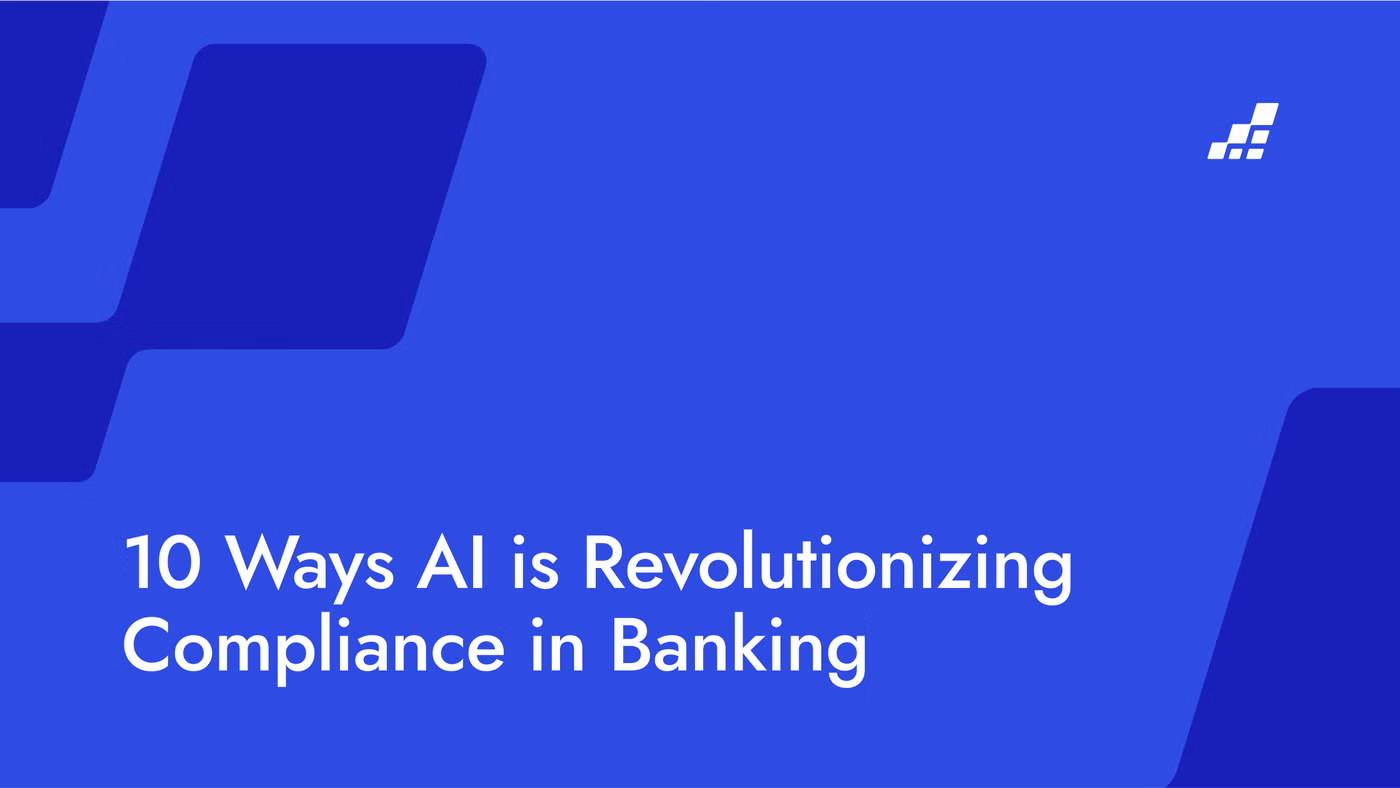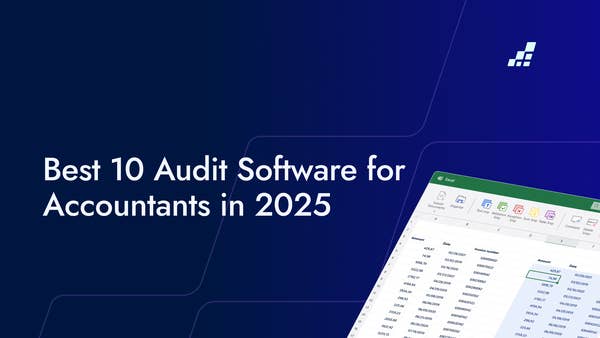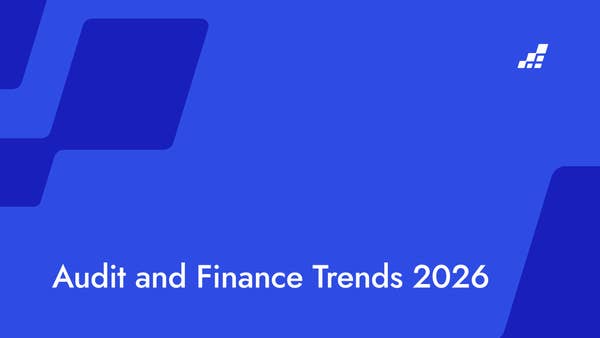- /
- Blog
10 Ways AI is Revolutionizing Compliance in Banking

AI is making big waves in banking, especially when it comes to compliance. With the constant pressure of evolving regulations, the ever-growing threat of financial crime, and younger people becoming disillusioned with the industry in general, banks are turning to AI to help streamline processes, ensure they stay on top of their regulatory requirements, and attract fresh talent.
Let’s take a closer look at how AI is helping in areas like fraud detection, PBC lists, and risk assessment—and explore some banks that are using it effectively.
1. Fraud Detection
AI is improving fraud detection by looking at transaction patterns in ways that traditional systems can’t. Instead of relying on a static list of rules, AI can learn from huge amounts of data and spot unusual activity in real time. As a result, banks can catch fraud faster and reduce false positives, which means fewer innocent transactions get flagged.
2. Transaction Monitoring
When it comes to transaction monitoring, AI is moving beyond the old rule-based systems. Banks are now using AI to monitor transactions in real time, looking for suspicious activity tied to things like money laundering or even terrorist financing. AI’s ability to analyze large volumes of transactions and pick up on patterns makes it more accurate and efficient than manual checks.
3. Risk Assessment
Risk assessment has become much more accurate with AI. By processing huge amounts of data, including market reports and social media, AI can give banks a clearer picture of potential risks, even predicting future events. This helps banks make smarter decisions about where they might be exposed to risk and what strategies they should put in place to mitigate it.
4. Regulatory Reporting
Keeping up with regulatory requirements can be a nightmare, especially with constantly changing laws. AI is helping banks automate the process of preparing reports, ensuring they’re accurate and submitted on time. For example, AI tools can generate text-based reports automatically, reducing the amount of manual work involved and minimizing the chances of errors.
5. AI-Driven Document Review and Validation
One of the more practical ways AI is helping is by streamlining document review. AI allows banks to upload multiple documents at once and then quickly answer specific compliance-related questions. Instead of spending hours searching through pages of paperwork, AI can highlight relevant sections and provide instant answers. This reduces the time spent on manual checks and ensures that banks are reviewing everything they need to.
This means banks can focus on validating the data instead of hunting for the answers. AI suggests answers, references the original document, and helps ensure nothing slips through the cracks.
6. PBC Lists and Document Automation
When it comes to audits, PBC (Prepared By Client) lists are a necessary but often tedious part of the process. These lists help auditors gather the documents they need for compliance checks, but they can be a real pain to manage manually. Enter AI. By automating this process, AI helps internal audit teams quickly collect the required documentation, reducing errors and saving time.
7. Predictive Analytics for Regulatory Compliance
AI isn’t just about handling what's happening right now; it can also help banks predict what's coming. By analyzing patterns and trends, AI can forecast potential risks or regulatory changes, giving banks a heads-up so they can adjust their strategies in advance.
8. Compliance Chatbots and Virtual Assistants
AI-powered chatbots and virtual assistants are taking over some of the more routine compliance tasks. These tools can quickly answer regulatory questions, guide employees through complex processes, and even handle administrative tasks like filling out forms. By using AI, banks are making sure their compliance teams spend less time on repetitive tasks and more time on more important work.
9. Data Privacy and Security Compliance
With data privacy regulations like GDPR becoming more important, AI is playing a crucial role in helping banks manage and protect sensitive data. AI tools can automatically identify and safeguard personal data, detect potential breaches, and ensure compliance with data privacy laws.
10. Automated Audit and Monitoring Systems
AI is also making audits and compliance monitoring more efficient. With AI, banks can track compliance in real time, reducing the delays that come with traditional audits. AI systems can alert compliance officers about potential issues and even suggest solutions, keeping the bank compliant without the constant need for manual checks.
Conclusion
AI is helping banks handle compliance more efficiently, from fraud detection to regulatory reporting. By automating tasks that once took hours of manual labor, AI is giving banks a better way to stay on top of the constantly changing regulatory landscape.
As the technology continues to improve, it’s clear that AI will only play a bigger role in the future of banking compliance, allowing institutions to be more proactive, accurate, and agile in their operations.



.png?width=600&quality=70&format=auto&crop=16%3A9)